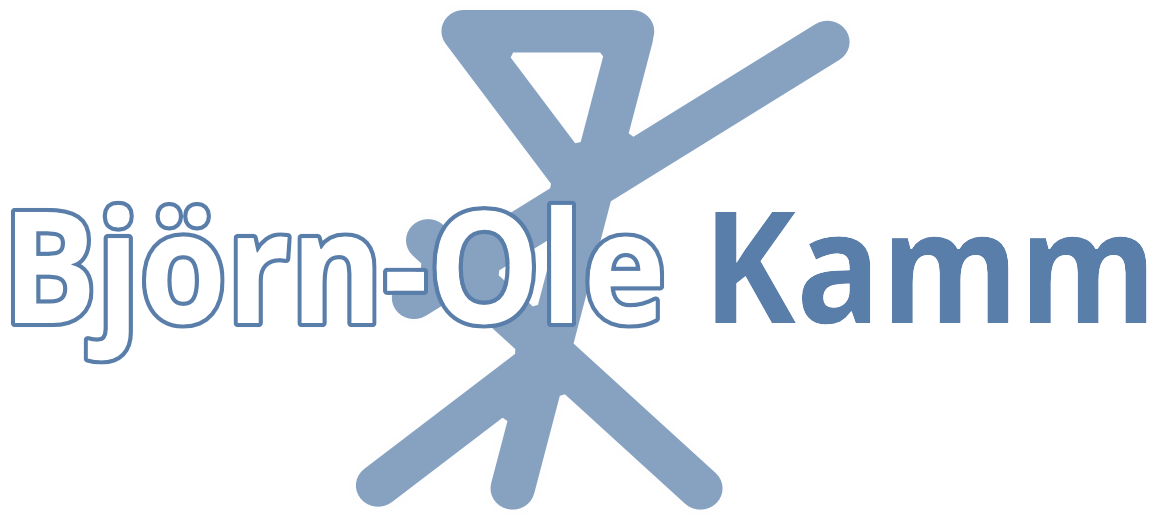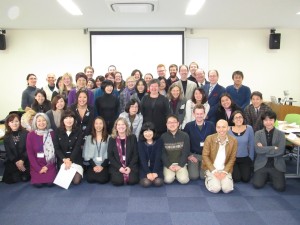ボーイズラブマンガの利用と満足論 – 日本とドイツにおける腐女子
大分大学のGlocal Polemics of ‘Boys Love’ [BL]: Production, Circulation, Censorshipというワークショップでの講演(2011年1月22日〜23日)
A presentation of my research on the use of boys’ love (BL) manga. Based on an interactionist perspective that builds on theories of media gratification, entertainment and emotions, my research focuses on the “how” of the usage and understands media preferences (including BL) as arising from historical, biographical and situational contexts.
アブストラクト
Analogous to sociological research on ‘deviant’ behavior and media preferences in general, layman questions like “Why do they do it?” and their essentializing or pathologizing answers still make up a prominent part of the discourse on Boys’ Love (BL) and fujoshi. The ‘common sense’ logic behind these questions tends to ignore individual modes of consumption, experiences and ascriptions of meaning.
Following the gradually more differentiated view on the tayōsei (diversity) of BL content and answering the critique on the discourse’s narrowness, I propose a theoretical framework for the research on BL use and appropriation that simultaneously offers openness and integration.
Based on an interactionist perspective that builds on theories of media gratification, entertainment and emotions, as well as escapism (as a mode of reception) and happiness, my research is less concerned with the “why”. Focusing on the “how” instead, I understand media preferences (including BL) as arising from historical, biographical and situational contexts.
Qualitative interviews I conducted in Japan and Germany as part of my M.A. thesis showed that BL or BL use cannot be understood if one limits the analysis to content. The gratifications users gained and sought/expected are quite diverse, ranging from the physiological (arousal) and the social (exchange, belonging), the cognitive (parasocial interaction) and the aesthetic (immersion) to self-actualization, to name a few. Based on my sample, compromised of mostly students, I constructed four categories of fujoshi/fudanshithat are not comprehensive, but highlight the BL users’ diversity: the connoisseuse, the con-girl, the net-girl, and the sporadic.
キーワード
boys’ love, fujoshi, manga, qualitative research, symbolic interactionsim, uses & gratifications
参考文献
ユリイカ(2007)『腐女子マンガ体系』総特集、第39巻第7号、青土社.
—(2007)『BLスタディーズ』総特集、第39巻第16号、青土社.
Kamm, Björn-Ole (2010). Nutzen und Gratifikation bei Boys’ Love Manga – Fujoshi oder verdorbene Mädchen in Japan und Deutschland (ボーイズラブマンガの利用と満足論 – 日本とドイツにおける腐女子). Hamburg: Kovac.
中島梓(1995)『コミュニケーション不全症候群』筑摩書房.
Renckstorf, Karsten & Fred Wester (2004). “The ‘media use as social action’ approach: Theory, methodology, and research evidence so far“. In: Karsten Renckstorf, et al. Action Theory and Communication Research. Recent Developments in Europe. Berlin, New York: Mouton de Gruyter: 51-83.
よしながふみ(2007)『あのひととここだけのおしゃべり』太田出版.

